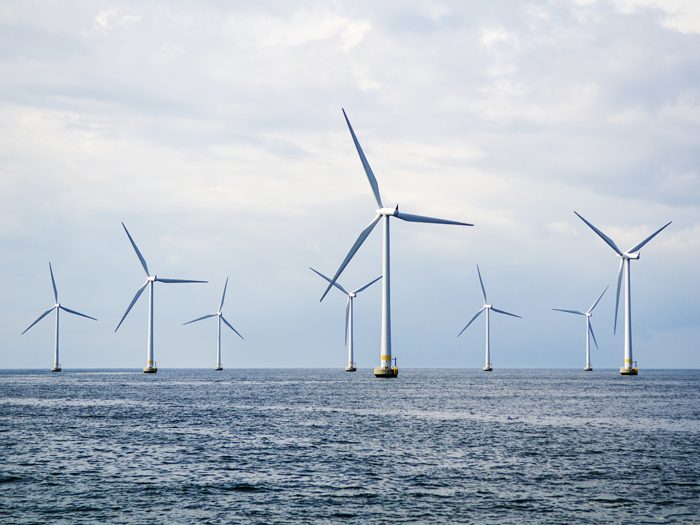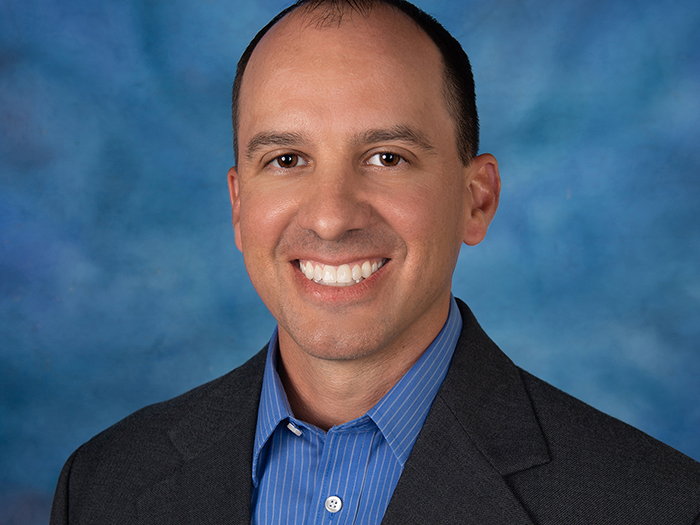Alternative Energy
Renewable Energy Comes of Age

Renewable energy can no longer be called alternative energy, now that wind and solar electricity are providing large percentages of total power in several North American wholesale markets.
As a result, underwriters and brokers who serve green power producers have enjoyed growth, but have also been vexed by what can best be described as the challenges of an adolescent industry.
For example, when wind farms and solar arrays first began to grow in the middle 2000s, carriers made their best guesses in underwriting because there was a lack of historical loss and performance data.
Going on a decade later, there is plentiful data, but prevailing softness in the market limits what underwriters can do with it.
“The early wind farms in particular are going on eight years old, and we are starting to see failures beyond what was anticipated,” said Geraldine Kerrigan, managing director at Beecher Carlson.
The frustration, she said, is “there is a now a rich volume of loss data, but because there is so much [underwriting] capacity the market is very soft. Carriers’ hands are tied in underwriting trying to tighten terms and conditions. It is probably one of the few industries where you just can’t use trend data.”
After a shotgun start in the previous decade with many operators and investors trying a variety of generating options, some clear business models have emerged. This has also proved to be a mixed blessing for insurers.
Drivers of Solar Power
“Solar is more attractive to investors because that usually involves multiple smaller sites,” Kerrigan said. “That presents more of a challenge for underwriters. It is more of an administrative burden and a lower profitability profile from an insurance perspective.”

Geraldine Kerrigan, managing director, Beecher Carlson
One important driver of growth in solar has been the rise of aggregators. Those companies will tie together several developments, their own or others’, and secure a single power-purchase agreement (PPA) from a utility.
That fosters the development of solar power as a viable commercial operation, but vastly complicates insurance and risk management, especially when the aggregator may lease actual assets or just space on a roof.
Similarly, insurers underwriting wind energy are grappling with higher-than-anticipated losses in equipment. They are also having to get vertical in a hurry as first-generation battery arrays are now being designed into second-generation wind farms, and being retrofitted into first-generation wind farms.
“Solar is more attractive to investors because that usually involves multiple smaller sites.” — Geraldine Kerrigan, managing director, Beecher Carlson.
“Lithium battery technology has reached the point that it is viable [commercially and operationally] to be a benefit to wind generation,” said Kerrigan. “Carriers are writing the new batteries, but they are not entirely happy about it.”
In effect, they are back to square one having to make underwriting decisions with little performance, loss or operations history.
Renewable Energy Surging
Despite the growing pains, renewable energy is now off the porch and running with the big dogs. In September, the Sabine Center for Climate Change Law at Columbia University in New York held a seminar on energy markets including coal, natural gas and renewables with a focus on regulation, and global supply and demand.
At that seminar, Anthony Yuen, director of global energy strategies at Citi Research, presented findings that renewables have grown from about 40 gigawatts in 2001 to about 75 GW today, and are expected to pass nuclear power — flat at about 100 GW — in about 2025.
Meanwhile, coal has fallen from about 230 GW in 2001 to 150 GW today. Citi’s projections show renewables catching a falling coal at about 120 GM by 2030 (see chart).
“The surge in both wind and solar against no increase in overall demand has definitely put the squeeze on both coal and gas.” — Anthony Yuen, director of global energy strategies, Citi Research.
“The surge in both wind and solar against no increase in overall demand has definitely put the squeeze on both coal and gas,” said Yuen.
Several other presenters supported the outlook that the gains in gas-fired generation at the expense of coal has mostly played out, and that as coal use declines further, the beneficiary is expected to be renewables.
David Schlissel, director of resource planning analysis at the Institute for Energy Economics and Financial Analysis, said that wind provided 32 percent of the energy in the northern region of the Midcontinent Independent System Operator (MISO) in the seven months from October 2015 through April 2016.
The high point was 42 percent of the energy in April 2016. MISO covers all of Manitoba, Minnesota, Wisconsin and south to Arkansas and Louisiana.
Schlissel also reported that 48 percent of the system load in the Southwest Power Pool (South Dakota, Nebraska, Kansas, and Oklahoma) was served by wind on April 5. Also, 48 percent of the load in the Electric Reliability Council of Texas was served by wind on March 23, and 45 percent on Feb. 18.
Coverage Matures
As renewable power has gained maturity, so has insurance. “There are new types of coverage that were not available as recently as just a few years ago,” said Charles Long, area senior vice president at Arthur J. Gallagher & Co.
“Questions about gaps in coverage and what exposures to retain or transfer are happening in the early stages of a PPA,” he said. “We have seen some standardization in forms, but that is also a result of standardization in equipment.
“The industry has settled on a handful of key suppliers so when we go to market for a placement those components are well known.”
One of the insights gained from operational and loss history is a pattern in claims.
“Incidents with wind turbines are low in years 1, 2 and 3, then there is a spike in years 4 through 8, then a huge drop in claims years 9 to 12, and then an increase again year 13 and out,” Long said.
He stressed that operators and underwriters are still examining the newly emerging patterns to mitigate those losses.
Another interesting development has been the relative rarity of natural catastrophe claims.

Jatin Sharma, head of business development, GCube Insurance Services
“When wind generators first sought markets, they went to the Nat CAT carriers because they had the wind models,” Long said. “With wind power you want lots of wind, but not too much.
The Nat CAT covers were designed for low occurrence, but high loss. What we have seen in practice is higher occurrence of smaller losses. Gear box wear, blade issues — cracks, separation, bird strikes, even being shot — fires, even tower collapses. The least frequency has been Nat CAT.”
That creates a bit of a dilemma for underwriters, said Jatin Sharma, head of business development at specialist renewable energy underwriter GCube Insurance Services.
“Generators have achieved savings by doing their own operations and maintenance, and moved away from relying on manufacturers for that. The insurance sector has been naïve about operators doing their own maintenance.
“It is very different having a utility do its own, versus having it done by the manufacturer who knows the unit and maintains hundreds of them.”
As a result, carriers that are geared for CAT-scale losses have suffered instead from a thousand cuts.
“There are some underwriters seeing claims for just $100,000 to $300,000, but a lot of them,” said Sharma. “To handle that frequency and volume you have to have a claims team built for it.
“At the same time, I sympathize with the risk managers. Buyers are coming out of a utility mind-set, likely mutuals, and are setting low deductibles to satisfy lenders or joint-venture partners. Risk managers’ staffs have been reduced despite the fact that they are managing a different risk profile than what they are used to. That makes them heavily reliant on brokers.”
GCube announced in October that it now provides coverage for more than 4GW of wind assets in Canada. As of last year, and following the installation of 36 new wind energy projects, Canada is seventh in the world in terms of total installed capacity.
At just under 12 GW, wind energy currently caters for approximately 5 percent of Canada’s electricity demands. However, the country has a long-term aim to reach a capacity of 55 GW by 2025, accounting for 20 percent of its total energy needs.










